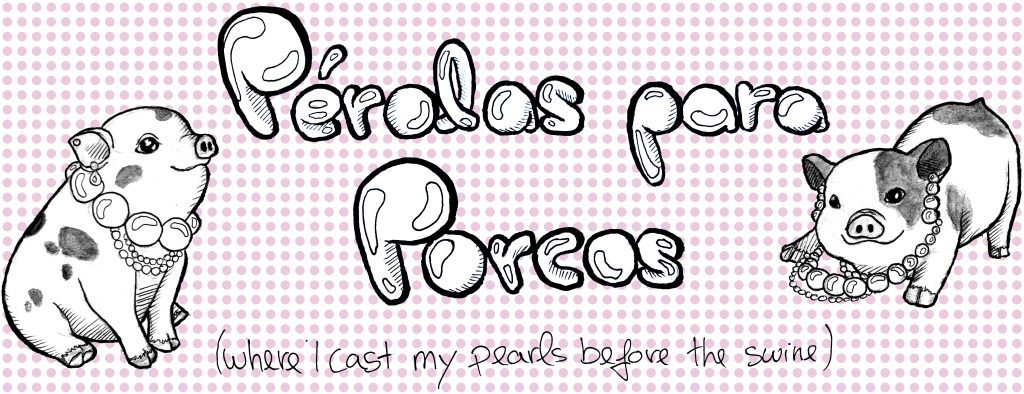Before going home for Christmas, while watching a recording from a 2D lesson I came across a conversation about rotoscoping. I was familiar with it, but for some reason, up until that moment, I thought of this technique as I way of “cheating” animation. But after researching some examples, I realized that, not only was it often used in many animation shows and films, but it was also the most accurate way of capturing irregular motion. For that reason, I figured that rotoscoping was a great method to be more expressive with painting techniques and mixing textures, since I wouldn’t have to worry so much about drawing. One artist that truly inspired me to try this technique was Shishi Yamazaki, who uses her body and films herself dancing and uses those recordings and paints by hand on top of each frame. I found her work so beautifully vibrant but also incredibly personal and empowering.
While at home, in Portugal, I couldn’t stop having ideas related to rotoscoping, as I really wanted to focus on color and textures for one of the animation exercises. Although I’m not the best painter, I feel that the worse painted it is, the more texture the animation will gain. I decided to use Christmas gifts as an opportunity to experiment with this idea, so for my cousin and aunt, I recreated a tiny photo of my grandmother (whom I never met, but they did). I rarely prioritize color and texture over drawing or sketching, so this was completely new to me and I really enjoyed it.


I figure that the best exercise to use rotoscoping was the “body acting”, but I wasn’t interested in only capturing my own movement, I also wanted to capture the movement of clothes. Therefore, I used a song to “choreograph” a sequence of movements, removing each piece of clothing as if someone had just arrived home. I had to film myself over 30 times, until I was satisfied with the video, but I realized that this stage is not merely a reference, like in the other exercises, it’s also the animation itself. I used the song “Barco Negro” by Amália Rodrigues, which is a very nostalgic and powerful fado song (a Portuguese music genre) which talks about someone dealing a loved one that has just departed. Keeping in the theme of “pearls for pigs”, I find it really important for me to include Portuguese language in my films, regardless of its smaller popularity compared to English, as I believe that different languages showcase different cultures, different feelings and expressions and different standards of beauty, right and wrong. In my opinion, the English speaking homogeneity in the different arts doesn’t make us all understand each other, it actually stops people from understanding and empathizing with non-English speakers.
The character in this film is truly Maria Calipso, as it is my body that is moving and I put myself in “drag” through the animation – it’s what I like to call drag animation. Instead of painting by hand each frame, I decided to borrow my housemate’s ipad and use procreate, which I had never used before, to paint over each frame. It was a way to get familiar with the software, and in the process I discovered a range of really good brushes. As Calipso sees a letter on top of her bed she feels surprised, her thoughts are suddenly interrupted, so I wanted to use rotoscoping in a way where I could express the character’s feelings trough different brush strokes, or even painting flowers blooming. The original video is 48 seconds long, which I (obviously) couldn’t complete, so I finished it at a point that made sense (Calipso holding the letter close to her chest). However, I intend to continue this project until the end, since afterwards, reading her lover’s farewell, Calipso rips the letter and falls on the floor sobbing, which would make much more sense with the meaning of the song.
